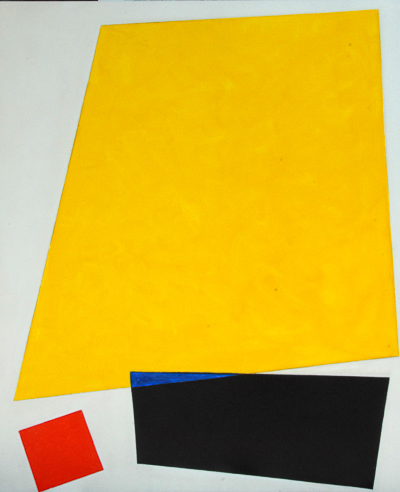
Harada studied at Musashino School of Art in Tokyo under Takeo Yamaguchi. Inspired by his Master’s philosophy, Hiroshi Harada was particularly receptive to Western painting and notably to Cézanne’s works whom he considers “the most significant artist of all time”. He was also very struck by the work of Paul Klee and Serge Poliakoff. In 1969, he finally decided to move to Paris to learn more about European Art.
Harada discovered Western abstraction through painters such as Piet Mondrian, Lucio Fontana and Pierre Soulages, but also Malevich, whose compositions inspired him. Unlike Mondrian and other abstract painters, Hiroshi Harada does not use the golden rule to compose his paintings, confers more humanity and less austerity to his works.
Hiroshi Harada does not respect the laws of pure geometry. He plays with space and gives not only a meaning but also a sensibility.
He produces something coming from the ancient Masters of Chinese and Japanese painting, which is the thought behind the gesture, which prevails over the gesture itself. He metamorphoses this inheritance.
Hiroshi Harada succeeds in creating a poetic space in and for itself, while at the same time adhering to a set of precise rules : he takes us in a vast universe of which he wants us to feel the most subtle nuances, with as little means as he can. It is, without any doubt, his most noticeable quality, which reminds us also the visual teachings of the Zen Masters.
He is a hybrid creator who combines Japanese traditional art with the modernism of Western painters of the first half of the 20th century.
The opening will take place on Thursday 9 March 2017, 18:30, at CULTUREINSIDE.gallery.








